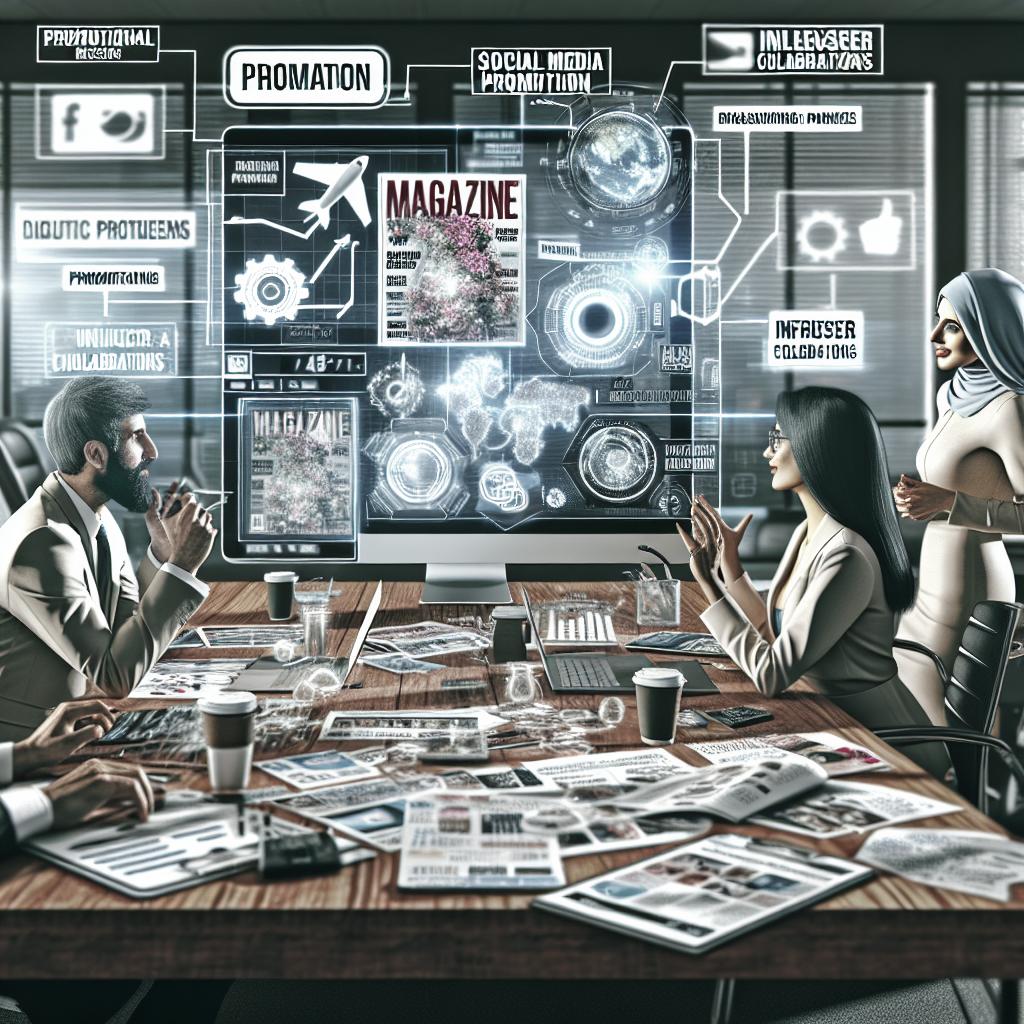“`html
Magazine photography requires an eye for detail, an understanding of publication needs, and technical proficiency. This blog post offers an in-depth look into key best practices for producing high-quality photographs that meet magazine standards. From understanding the importance of image size, the orientation of photos, and sharpness to the nuances of photo editing and property rights, you’ll find actionable tips that can elevate your magazine photography skills. Whether you’re a budding photographer looking to break into the industry or a seasoned professional aiming to refine your technique, these insights will be invaluable.
Tips for Magazine Quality Photography
Does the size of the photo matter?
When it comes to magazine photography, size does indeed matter. Magazines typically require high-resolution images, with the standard industry practice being a minimum of 300 DPI (dots per inch). This resolution ensures that images are crisp and detailed when printed, especially in full-page spreads or cover pages. The dimensions of the photo should also be large enough to allow for cropping and resizing without losing quality.
Professional photographers often shoot in RAW format, which allows for maximum flexibility in post-processing. This format retains more detail and allows you to make finer adjustments to exposure, color, and other elements. Always refer to the magazine’s submission guidelines to ensure your images meet their size and resolution requirements.
Horizontal vs Vertical
The orientation of your photos is another critical aspect of magazine photography. Horizontal (landscape) and vertical (portrait) images serve different purposes. Vertical shots are generally preferred for magazine covers and single-page features, whereas horizontal images are often used for double-page spreads and interior layouts. Knowing where your photos will be placed can help you make informed decisions about composition and framing.
Experiment with both orientations to provide editors with options. Diversifying your shots can also make your portfolio more attractive to magazines that might prefer one orientation over the other. Always aim to tell a story with your images, regardless of the orientation, to engage the reader effectively.
Photo Editing
Photo editing is an indispensable part of the magazine photography process. Once you’ve captured your shots, use editing software like Adobe Lightroom or Photoshop to enhance color, sharpness, and overall presentation. Avoid over-editing; the goal is to enhance the image without making it look artificial. Subtle adjustments to contrast, exposure, and saturation can make a significant difference.
Remember to crop your images according to the magazine’s specifications while ensuring the main subject remains the focal point. Consistent editing style across all your photos can create a cohesive body of work, making it easier for editors to visualize how your images will fit into their magazine’s aesthetic.
Property and Rights
Understanding and respecting intellectual property rights is essential in magazine photography. Always obtain proper permissions when photographing people, private properties, or copyrighted objects. Model release forms and property release forms protect both the photographer and the magazine from legal issues.
Furthermore, be clear about the usage rights you are granting to the magazine. Some publications may require exclusive rights, while others might only need non-exclusive rights for a single issue. Clarifying these details upfront can prevent misunderstandings and protect your work from unauthorized use.
Sharp Images Matter
Sharpness is non-negotiable in magazine photography. Blurry or out-of-focus images are unlikely to make it past the editorial desk. Use a tripod for stability, especially in low-light conditions or when using slower shutter speeds. Autofocus can be helpful, but manual focus ensures precision, particularly for close-up shots.
Wide apertures can create stunning, shallow depth-of-field effects, but they also minimize the focus area. Ensure your subject is sharply in focus to maintain image quality. Use image stabilization features if available and always review your shots on a larger screen to detect any softness before submission.
Define the Deadline
Meeting deadlines is crucial in the publishing world. Establish clear timelines with the magazine’s editorial team to understand when submissions are due. Factor in enough time for shooting, editing, and re-editing if necessary. Missing deadlines can result in your work being excluded from an issue, despite its quality.
Plan your photo shoots well in advance and maintain open communication with the editorial team. Being reliable and prompt not only helps you get published but also builds your reputation as a professional who respects the magazine’s workflow.
Start Locally
If you’re new to magazine photography, starting locally can provide valuable experience and exposure. Local magazines are often more accessible and might have less stringent submission requirements, giving you the opportunity to build your portfolio and establish a presence in the industry.
Network with local editors and other photographers, attend community events, and offer to collaborate on projects. The experience gained from local publications can be a stepping stone to larger, national, or international magazines.
Additional Resources
To continually improve your magazine photography skills, leverage resources like photography blogs, online tutorials, and workshops. Websites such as PetaPixel, Fstoppers, and Digital Photography School offer a wealth of information and tips that can enhance your technical and creative abilities.
Consider joining photography communities on social media platforms or participating in forums and discussion groups. Engaging with a community of like-minded professionals can provide feedback, inspiration, and support as you advance in your magazine photography career.
Next Steps
| Aspect | Key Takeaways |
|---|---|
| Does the size of the photo matter? | Ensure high resolution (300 DPI), shoot in RAW, and refer to submission guidelines. |
| Horizontal vs Vertical | Use vertical for covers, horizontal for spreads; offer both for flexibility. |
| Photo Editing | Use editing software for enhancement, avoid over-editing, and maintain consistency. |
| Property and Rights | Obtain permissions, understand usage rights, and use release forms for protection. |
| Sharp Images Matter | Use tripods for stability, ensure subject focus, and leverage image stabilization. |
| Define the Deadline | Establish timelines, plan shoots in advance, and maintain communication with editors. |
| Start Locally | Gain experience with local magazines, network with industry professionals. |
| Additional Resources | Leverage online tutorials, blogs, and community engagement for continuous improvement. |
“` This blog post provides comprehensive tips for achieving magazine-quality photography, from technical aspects like resolution and sharpness to practical considerations like deadlines and permissions. I hope this format and the content will help you in producing high-quality, publishable images.


